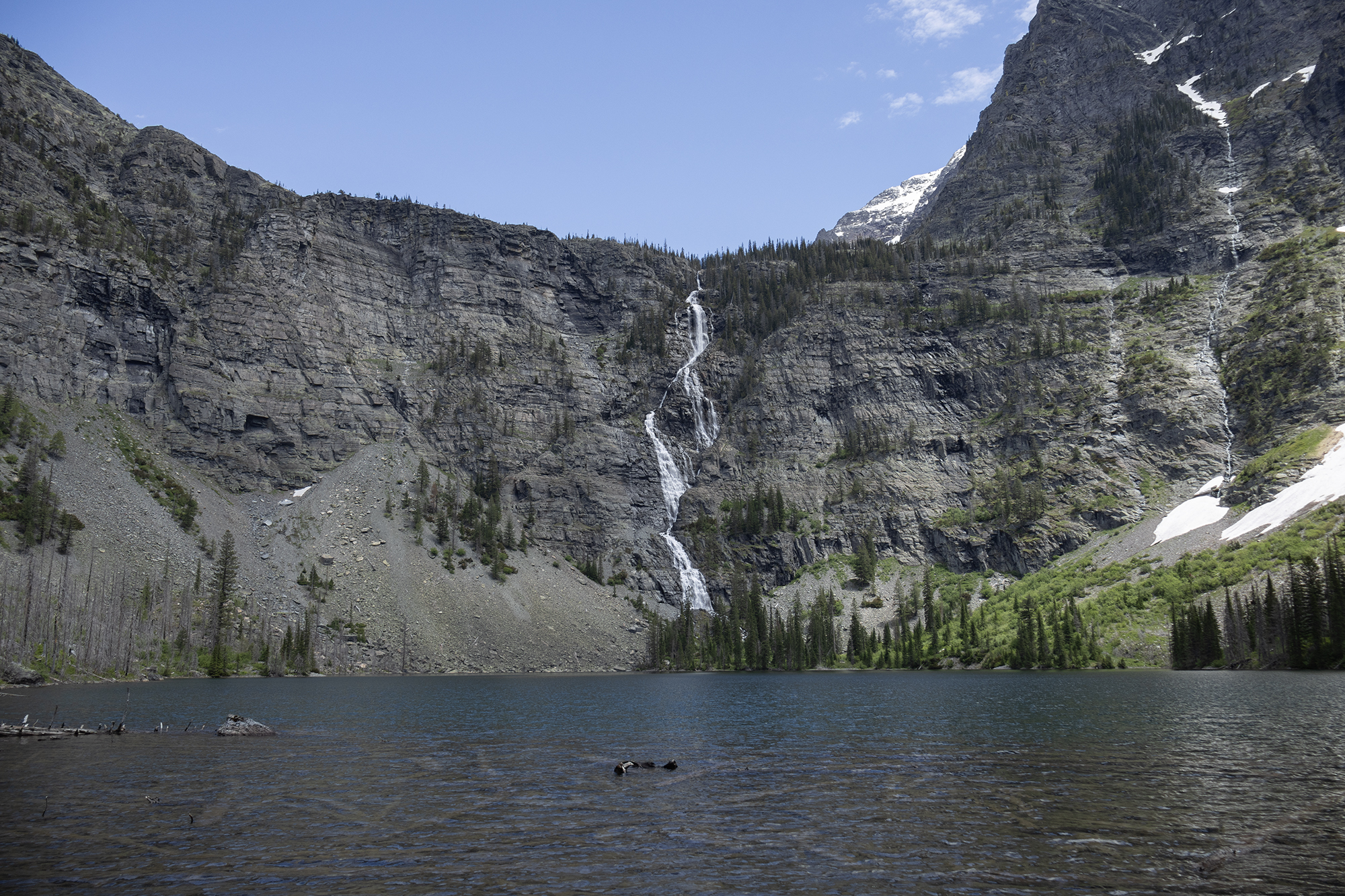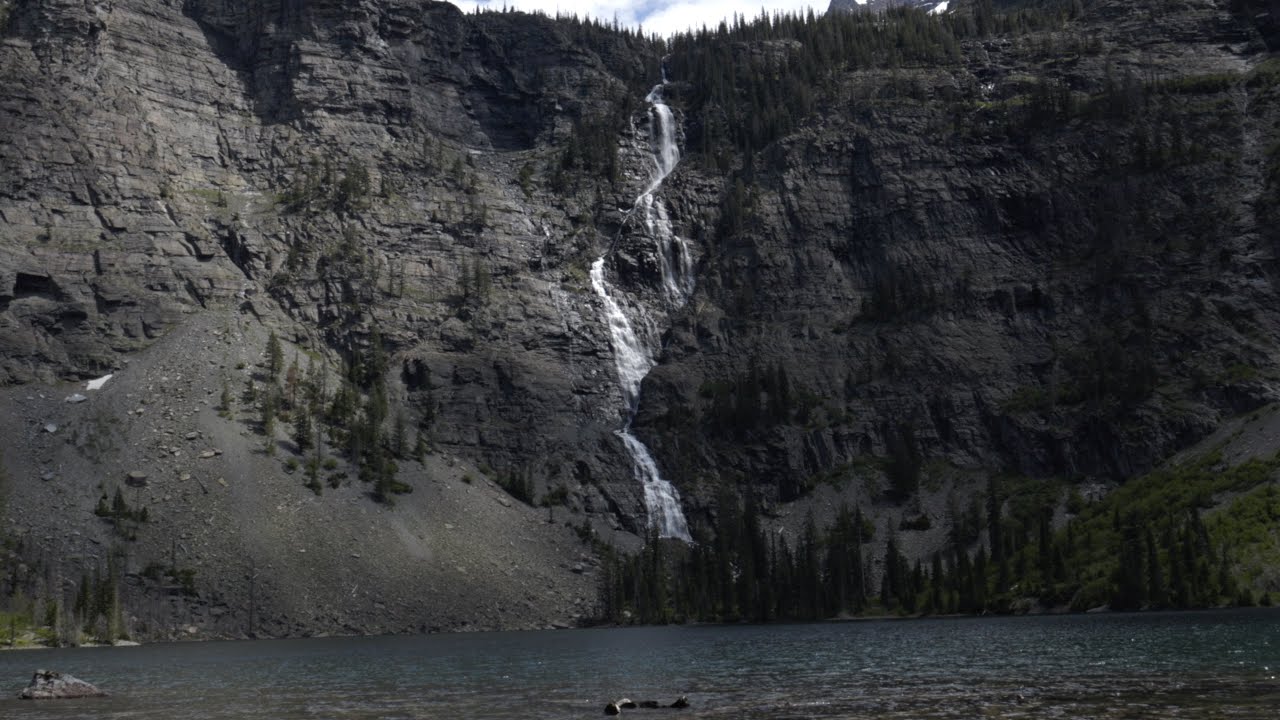Since the last time I’ve hiked Lincoln Lake in Glacier National Park (over 13 years ago), a forest fire came through. The result is a hike that’s teeming with life and views looking to the surrounding mountains. While it’s still not a top ten hike, the changed landscape makes this a much more enjoyable hike than in the past.
It was the middle of October in 2011 when I stepped out at the Lincoln Lake trailhead. I was finishing up my Hike 734 project. It had rained the previous day which led to a cold night, and a hike out with low clouds. The forest fire hadn’t gone through Snyder Ridge, so the hike was basically a slog through the trees. Fast forward almost 13 years and one of nature’s great landscape changers, forest fires, has transformed the hike.
The beginning of the hike is as it was before. Steep. The climb up through the lovely cedar/hemlock forest is beautiful with moss, orchids, and other flowers. I spied a Sharp-shinned Hawk zooming through the forest. The Dark-eyed Juncos also noticed and clicked their disapproval.
Climbing about 1,200ft in about a mile and a half, when it goes up, it goes up quickly, sometimes ridiculously steep. We started to enter into the edge of where the fire burned and shortly thereafter, were on the ridge proper. We still had more elevation to gain, but it was more traversing across the ridge with some climbing.
The sound of birds singing grew louder as we traversed. Once invisible mountains begin peeking through the stands of silver logs that had yet to fall after being completely consumed with fire. The riparian areas in the drainages rang with the sound of warblers, vireos, and grosbeaks. Late June/early July is a great time for wildflowers and they didn’t disappoint. Forest fire specialists such as Black-backed Woodpeckers and Mountain Bluebirds flitted around looking for insects.
We climbed up the ridge, reaching the apex as we approached the Lincoln Creek drainage. We could hear the creek tumbling below and, looking up the drainage, could see the massive shoulder of Mt. Jackson. The trail from here steeply descended down to a wet meadow where a Wilson’s Snipe (a funny bird with a bill the same length as it’s body) stood on the top of a tree and let everyone know that this was his place.
After circling around the meadow, we continued down to the junction with the Lincoln Creek Trail. The beavers were active in this area and the creek spread out upstream creating fun new habitat. We worked our way up the drainage towards the lake. With the trees devoid of their needles, we could see the magnificent Beaver Chief Falls tumbling down at the head of the valley and into Lincoln Lake.
While mostly a gradual incline, there were a few descents and much of the trail was away from the creek until right before the lake. Upon arrival, eight-ish miles later, we found the lake all to ourselves. Lunch was the first order of business as we admired the waterfall crashing from high above into the lake. We scanned the lake for loons (or any other water bird) and Kristen spied a Mountain Goat on a shelf next to the waterfall. It appeared that it was either eating lichen or getting some sort of mineral from the rocks before dropping down to greener vegetation and feeding there.
After an hour or so, we packed up and started the trek back up and over the ridge. It’s a big day with over 16 miles of trail and 2,600ft of elevation gain, but the addition of views along the way make for a much more enjoyable experience. With the views, the flowers, and the birds, we enjoyed the lovely hike on a sunny day.





Leave a Reply